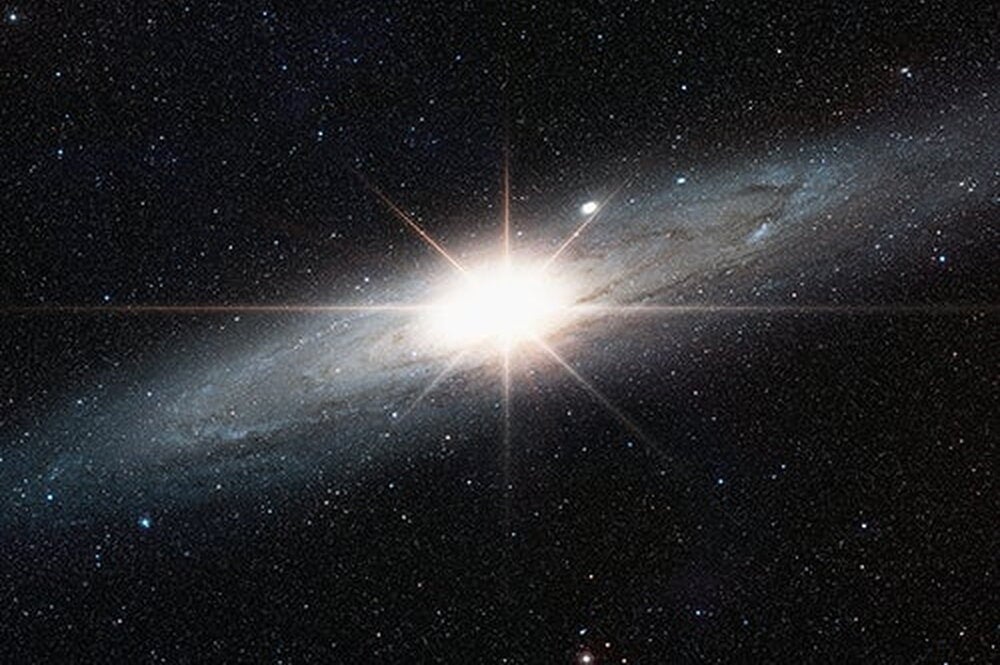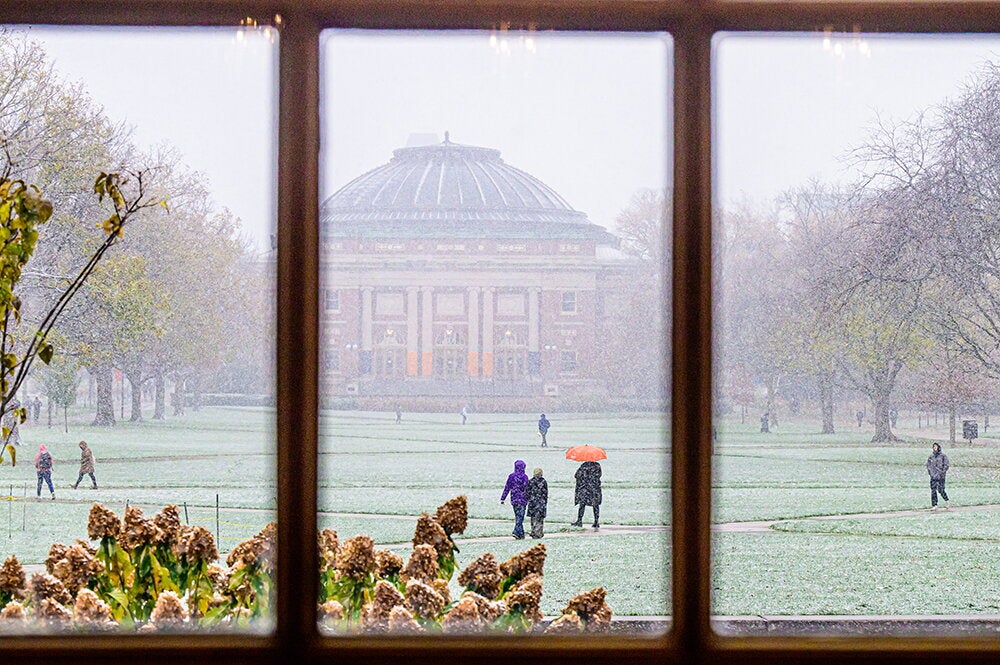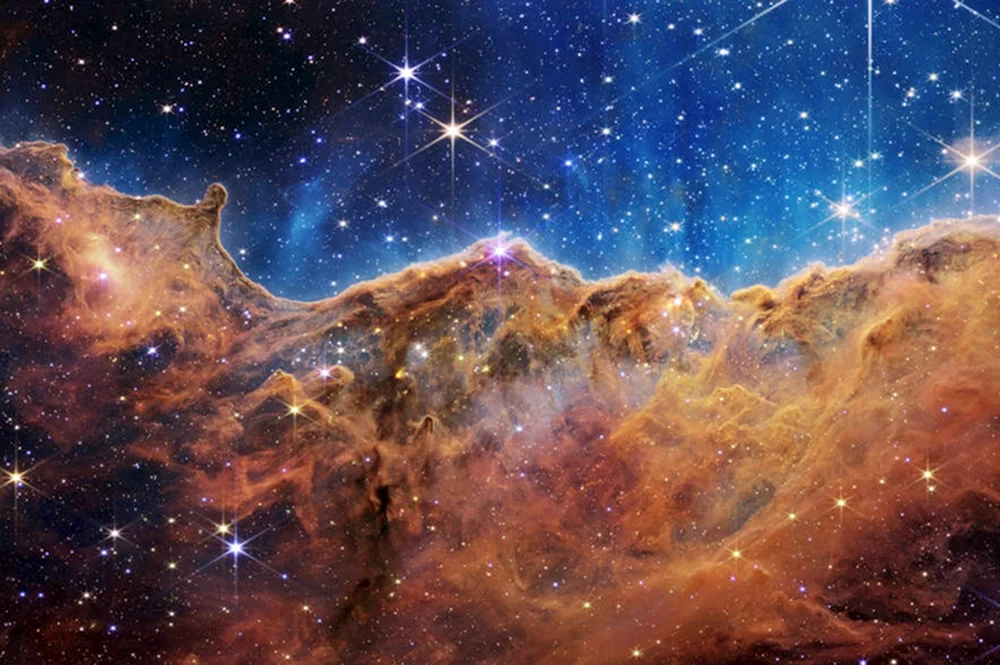
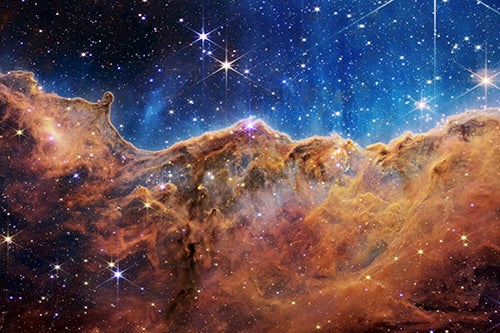
NASA stunned the world when it shared the James Webb Space Telescope’s first full-color images and spectroscopic data. From the star-forming regions of the Carina Nebula to never-before-seen details in the Stephen’s Quintet galaxy group, observers witnessed the universe as they never had before.
With the James Webb Space Telescope (JWST) expected to be operational for at least a decade, what does this mean for the study of space? Several astronomers at the U of I are involved in studies using images that will be gathered by JWST over the next few months. Kedar A. Phadke, a doctoral student in astronomy, and professor Joaquin Vieira will be among the first to observe research images from the telescope as part of their study of high-redshift (a term for very far away) dusty star-forming galaxies. Phadke answered questions about JWST for the College of LAS.
You are in the so-called first group of observations for the recent images from JWST. What does this mean? What will you be doing?
We are part of an early release science proposal called Targeting Extremely Magnified Panchromatic Lensed Arcs and Their Extended Star Formation, or TEMPLATES. The images released last week by NASA were from Early Release Observations which is slightly different. The Early Release Observations were for objects selected by NASA to showcase the ability of the James Webb Space Telescope to declare that the telescope is functioning as expected (actually better than expected in some cases). We on the other hand were selected to observe certain objects and test the telescope more. We will also be helping the astronomy community develop best practices to use the data from JWST. Our team is actively getting more data and will be publishing our findings in the coming months.
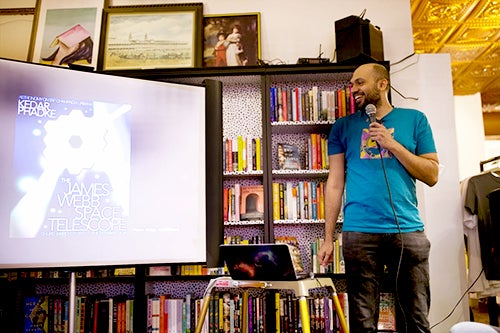
How do the recent images from the James Webb Telescope compare to previous ones? What are we seeing that we haven’t seen before?
The recent images are quite different compared to previous images of the same object. Mostly in four ways: the resolution, the wavelength, spectroscopy, and sensitivity. JWST has overlap in some wavelengths with Spitzer Space Telescope (an infrared telescope that ceased operations in 2020), so it's easy to compare resolutions at those wavelengths (check out this blog).
We might have known some objects as a general overview, but with JWST one can get into the details of these objects. As for seeing what we haven’t seen before, JWST will cover from 0.5 to 30 microns which especially at such high resolution will lead to new discoveries. Not just that, we can now have high resolution spectra of objects at these wavelengths which will help us find out what are the conditions in exoplanet (a planet that orbits a star other than our sun) atmospheres as well as far away galaxies. The sensitivity is just great because the mirror has more than six times the collecting area of Hubble space telescope. What took Hubble Space Telescope a few weeks could be done in hours with JWST.
Given what you’ve seen from the images, what does this suggest for the future of space observation and exploration?
We'll be hearing about advancements in all fields of astronomy. There will be discoveries of habitable planets close to us, studies of environments of new stars being born, studies of the death cycle of stars, greater understanding of how galaxies have evolved with time, and possibly more. The images released were just the beginning.
